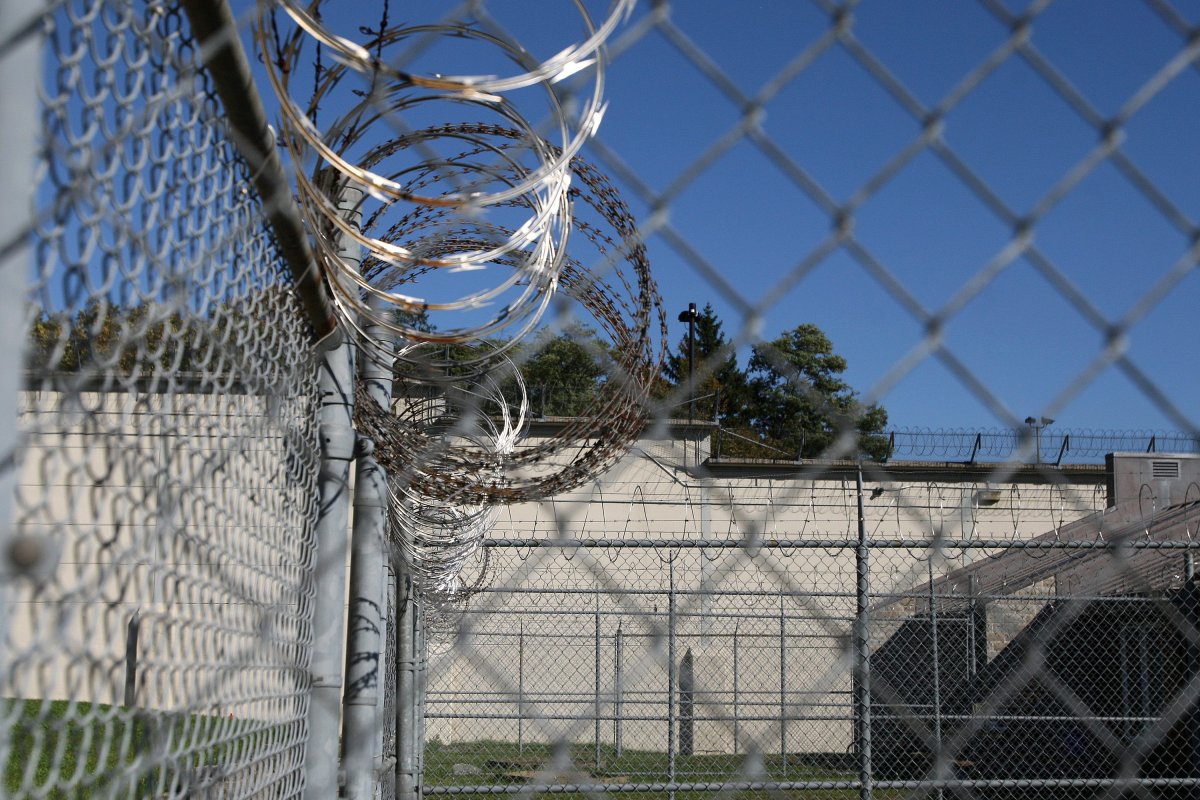OTTAWA – The number of workplace accidents causing illness and injury at the Correctional Service of Canada has skyrocketed over the past four years, up more than 60 per cent, internal documents show.

The bulk of the accidents – about two-thirds – affect correctional officers, colloquially known as prison guards, the documents say.
Since 2009-10, the number of accidents across Canada has risen to 2231 from 1362 – an increase of more than 60 per cent, according to an internal report obtained by Global News through access to information.
Other affected groups include those working in general labour and trades, nursing, and welfare programs.
A spokeswoman for the prison service said the nature of the accidents varies, but injuries include sprains, strains, tears, fractures and muscle injuries, stress and anxiety.
“The Correctional Service of Canada (CSC) is a unique work environment that, due to the nature of the work performed, involves risks,” spokeswoman Julie O’Brien said in an email.
She said the CSC monitors “any possible trends or patterns of injury and illness activities in order to help prevent slips, trips and falls incidents.”
Jason Godin, national vice-president of the Union of Correctional Officers, believes the so-called accidents are directly related to violence in prisons.
“There’s no question that the work-related injuries are on the increase because the violent incidents in our facilities are on the increase,” he said in an interview.
“It’s almost like two hockey players on the ice thumping it out, and the odd time the ref gets injured too.”
READ MORE: Prison guards launch campaign against Conservatives in John Baird’s riding
But Godin says the injuries are not just physical.
He notes many officers are suffering from post-traumatic stress disorder. He said he is fighting for guards to be included in a provincial NDP bill that would fast-track benefits for workers suffering from PTSD.
“Mental stress and PTSD is a huge thing for correctional officers, because we are constantly first responders, and that’s a lot of those work-related injuries,” he said.
“We’re seeing obviously some pretty significant acts of violence.”
But accidents aren’t the only things on the rise at the CSC.
Ballooning bureaucracy
The documents also show the number of staff at the CSC has increased by 30 per cent since 2005, while the number of federal inmates has only grown by 17.5 per cent, according to figures from Canada’s prison ombudsman.
What’s more, staff at national headquarters in Ottawa has increased by 60 per cent over the past 10 years – at a time when the federal government is slashing budgets and preaching austerity.
The number of term and casual employees has also gone up – by 53 per cent and 56 per cent, respectively.
NDP labour critic Alexandre Boulerice accused the government of trying to further destabilize the federal public service.
“It’s alarming – though no longer surprising – to see such a significant increase in casual and contract workers from the Conservatives. This is a deliberate attempt to make public services more precarious,” Boulerice said in an email.
“Casual contracts and cuts to psychologist and long-term positions in our correctional services, where behavioural and psychological problems are major issues – it’s just irresponsible.”
The number of psychologists has risen somewhat since 2005, from 273 to 293 jobs, although fewer than the peak of 323 in 2009.
Nurses are also up about 28 per cent since 2005, from 697 to 893, although not as many as in 2012, when there were 938 nurses.
O’Brien, the CSC spokeswoman, said the fluctuation “is based on having the number of staff required to meet the needs of the inmate population.”
She noted that compared to 2005, there are currently 28 per cent more personnel in medical professional fields at the CSC.
There is also a 25 per cent increase in correctional officers, from 6113 in 2005 to 7677 this year.
For Godin, however, it’s “pretty shocking” the government would be adding more bureaucrats in Ottawa at a time of fiscal austerity.
READ MORE: Federal cuts threaten public safety, warn unions for prison, border guards
In 2012, the government announced it would cut 10 per cent, or $688 million, out of Public Safety’s budget over three years, as well as trimming $295 million from CSC by this year.
“Correctional officers on a daily basis are fighting to get to more staff to make sure that our jails are safe,” Godin said.
“And every day we turn around and the employer is trying to cut back.”



Comments